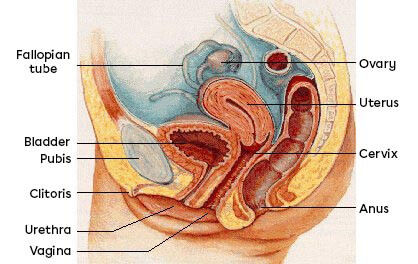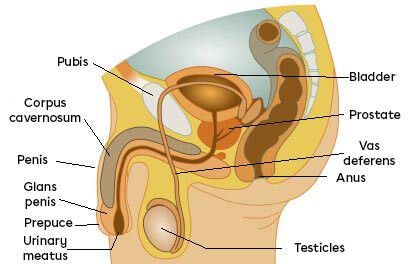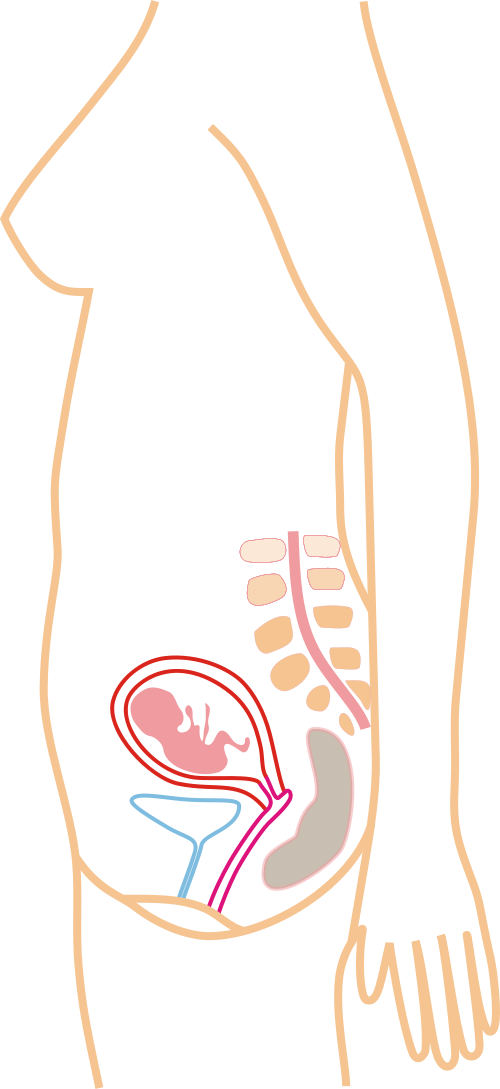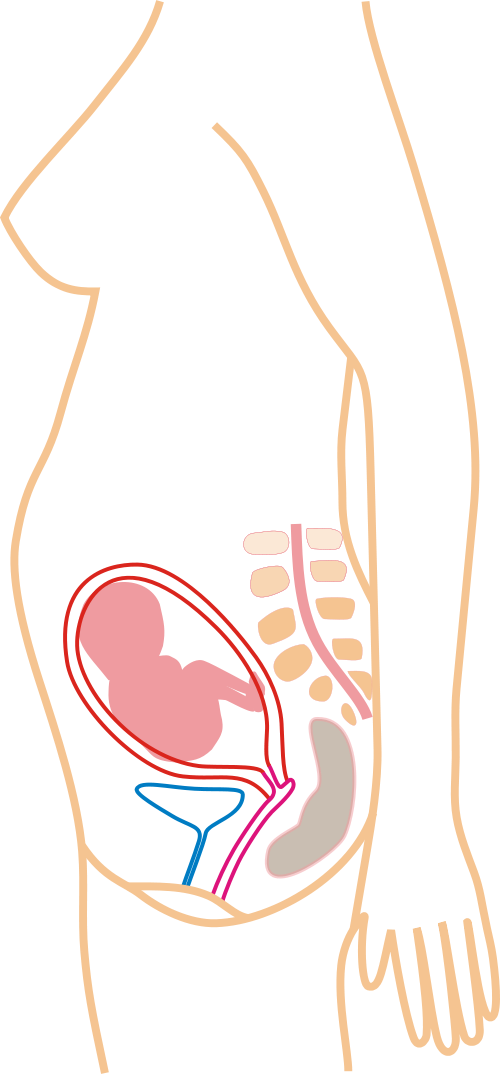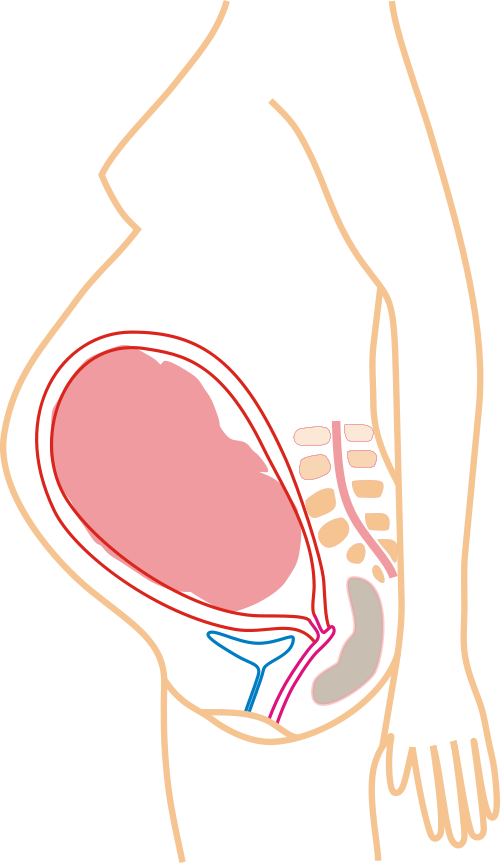When people want to have a child, they have sexual intercourse. The man’s penis becomes erect, which means it is hard and enlarged. The penis penetrates the vagina, where it releases the semen, a liquid containing about 300 million spermatozoa. The spermatozoa then travel into the uterus and to the Fallopian tubes where the spermatozoa can come into contact with an oocyte. Approximately every 28 days, one of the two ovaries releases an oocyte to be fertilized. Fertilization is the union of an oocyte with a spermatozoon. If a spermatozoon reaches the oocyte and enters it successfully, which is not always the case, the oocyte becomes fertilized. It undergoes changes and becomes an ovum. The result of fertilization is the formation of a zygote.
Once fertilized, the cell resulting from the union of the ovum and the spermatozoon is called a zygote. After some time and multiple rounds of cell division, the zygote transforms and becomes an embryo: the term used to describe a baby during the first 2 months of development. After three weeks, the embryo implants in the wall of the uterus. After 1 month, the head and spinal column are visible and the heart begins to beat. As it develops, the baby is connected to the mother via two important structures. The umbilical cord connects the baby to the placenta, which is attached to the mother. Exchanges between the mother and the baby occur through these structures. The mother transmits oxygen and nutrients to her baby while the baby uses them to expel carbon dioxide and waste. Towards the end of the 8th week of pregnancy, the embryo reaches a more advanced stage of development: it is now a fetus.
During pregnancy, the baby is surrounded by the amniotic fluid, a liquid that cushions the baby from shocks and sudden movements, prevents dehydration and reduces external noises. At 4 months, the baby starts to move, and at 7 months, it turns so that its head is facing downwards. After 9 months, the baby is fully developed and ready to be born. The mother’s uterus and other muscles start contracting and the baby descends into the cervix and into the vagina. Eventually, the baby is born and starts crying as soon as air enters the lungs. The baby’s direct link with its mother is no longer needed and the umbilical cord is cut, leaving a scar known as the navel, or the belly button.
